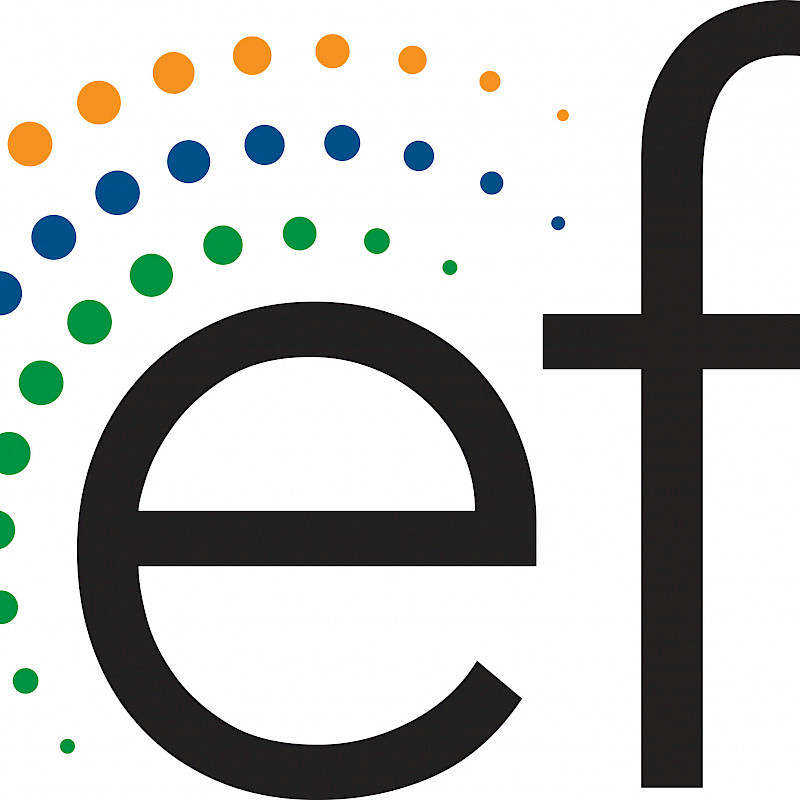Franklin Energy’s Product Division, AM Conservation, Agrees to Acquire Energy Federation, Inc.
These Six ENERGYSTAR Products Will Save You The Most Money
 Energy Federation Incorporation
Energy Federation Incorporation
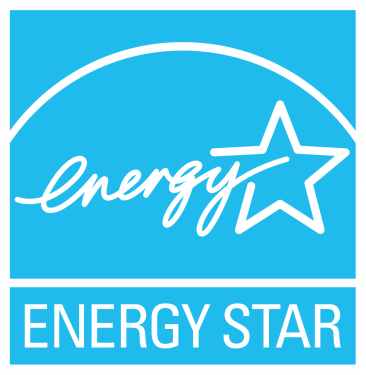
The ENERGY STAR program has made it easier than ever for us to get involved in energy efficiency. They do a great job setting the standard of energy use for an array of products on the market today. The program is involved in so many areas like kitchen appliances, smart thermostats, lighting, laptops, and so much more. Now, since the program is widespread, it can be difficult to discern which products you can save the most money with at home. So, we decided to compile a list of seven ENERGY STAR products that we know will show you measurable monetary and energy savings. Let's dig in.
1. Smart thermostats
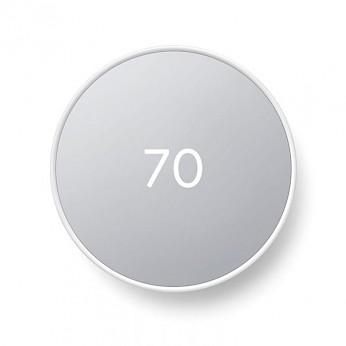
The first ENERGY STAR product that can save you a significant amount of money is a smart thermostat. Heating and cooling are responsible for 48% of energy use in our homes, and if you aren’t using a smart thermostat, you’re leaving savings on the table. Traditional thermostats require manual adjustments, and programmable thermostats heat your home between specific programmed periods. Although programmable thermostats are a step in the right direction, smart thermostats take it a step further. Smart thermostats are optimized to learn your heating and cooling patterns to program themselves for both maximum comfort and efficiency. They can save you up to 10% on your heating systems and 15% on your cooling systems. Smart thermostats use motion sensors, Geo-Tracking, and monitor the temperature in your area to maximize efficiency. So, when you’re not home and the system doesn’t need to be on, it’s not.
About Smart Thermostats
-
48% of energy goes to heating and cooling a home
-
Will save you up to 10% heating savings
-
WIll save you up to 15% cooling savings
Here is a link to the Google Nest. An ENERGY STAR certified smart thermostat: Google Nest Thermostat Snow
2. LED Lights
ENERGY STAR certified LEDs are a no-brainer. The chart below is an easy way to visualize the comparison between traditional incandescent bulbs and LEDs. 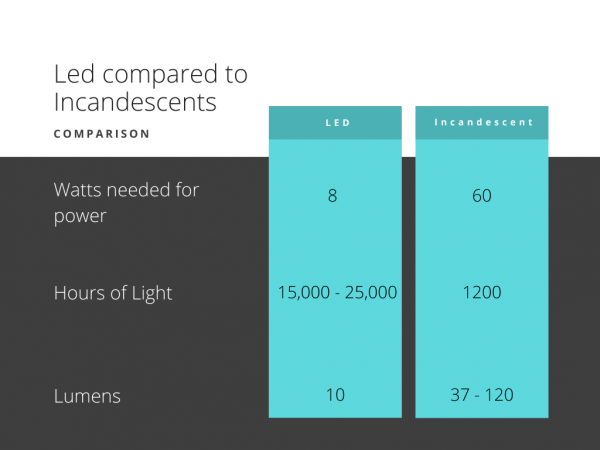
LEDs require only 13.3% of the energy it takes to power an incandescent bulb to create the same amount of light. Now you might be wondering how, and it comes down to how efficient LEDs are at creating lumens. On average, LEDs create between 37–120 lumens/watt, whereas incandescent only creates 10. This means that LEDs are between 370-1,200% more efficient at creating lumens than the traditional bulb. Their lifespan is also 12.5 - 20x that of an incandescent light bulb. There really is no reason to be still using incandescent. A great set of bulbs to look into are TCP's Globe Bulbs. They’re ENERGY STAR certified products, 90% more efficient than incandescent, and they last for between 15,000 - 25,000 hours of light.
Here’s a link: TCP 5W Bulb
3. Smart Fridge and Kitchen Appliances
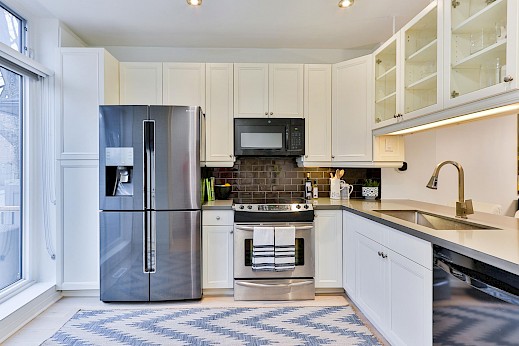
ENERGY STAR appliances will save you 10-50% of the energy required depending on the product and comparison model. The same goes for smart fridges and kitchen appliances. Seven percent of the energy used in the average American home is dedicated to the refrigerator, and if you don't have energy star-certified appliances, you are likely leaving savings on the table. For example, In the 1970s, the average refrigerator used 1,700 kWh per year whereas the average energy star refrigerator only uses 450 kWh. Although you likely do not have a refrigerator from the 1970s, it's more than likely that you will be able to save at least 10% of the energy used by your refrigerator each year. The older that your fridge is, the more money and energy that you are likely to save. The ENERGY STAR website has a section where you can compare the energy usage of your current fridge to that of a prospective fridge with their "Flip Your Fridge Calculator" link below.
Savings just like this can be found with all of your other kitchen appliances like microwaves, ovens, stoves, blenders, etc. Energy consumption per appliance is the most efficient it has ever been, and it is only going to get better with time.
4. ENERGY STAR Certified Windows

The windows in your home play a big role in heating and cooling. It doesn't matter how efficient your HVAC system is if the air is escaping through inefficient windows. Think of windows in the same way that you think of insulation. The more insulation that you have, the easier it will be for your HVAC system to do its' job. Installing ENERGY STAR certified windows, doors, and skylights can shrink energy bills and carbon footprints by an average of 12 percent nationwide when compared to non-certified products. Your HVAC system won't be the only thing thanking you though. By installing ENERGY STAR certified windows, you are reducing the amount of UV sun damage that can happen to your floors, carpets, and furniture. Think of untreated windows like a magnifying glass that can focus harsh light on your floors and valuables. ENERGY STAR windows are specially designed so that the amount of UV damage is significantly decreased.
ENERGY STAR Windows Benefits:
- Save money
- Get comfortable.
- Protect your valuables.
- Certified Performance.
5. Smart Power Strips
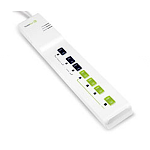
An article published by Business Insider states that each month, Americans waste 283 kWh of energy. Totaling about 3.4 MWh and $475 wasted each year (based on the U.S average of $0.1319 /kWh). ENERGY STAR certified smart power strips are a step in the right direction of cutting down on wasted energy. Smart power strips give you the ability to only distribute power to the slots that are in use. This means that the slots that aren’t in use are going to be turned off, unlike traditional power strips that Power every slot regardless of their use. With certain smart power strips, you also have the ability to link them together. For example, if you have a device system, like television with speakers, you can set up your power strip to cut off the power to connected devices. So, for example, if you have a television connected with surround sound or other devices on the same power strip, once you turn off the television, all of the connected outlets on the power strip will no longer be pulling energy.
Here is a link to the ENERGY STAR certified TrickleStar 7-Outlet Power Strip: TrickleStar 7-Outlet Power Strip
6. High-efficiency Laundry Machines
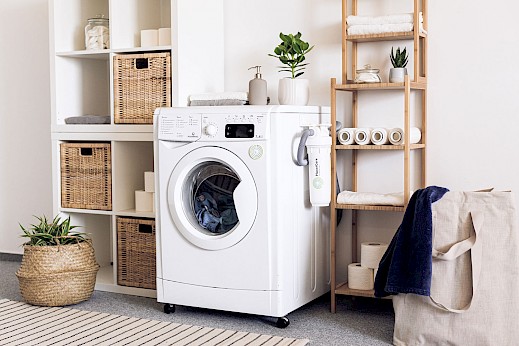
ENERGY STAR certified high-efficiency laundry machines can save you about $400 over the lifetime of each laundry machine. H.E. washers use at least 50% less water than traditional washers. They wash your clothes in a shallow pool of wanted and then use a high-pressure spray to rinse them. Since H.E. washers use so much less water, they don't have to expend nearly as much money to heat the water. In fact, they only use about 20-50% of the energy used by traditional washers. They also spin much faster than traditional washers, so your clothes are not only getting cleaner, but they will take less time in the dryer.
- The average American family washes about 300 loads of laundry each year.
- Cleaner clothes
- Use about 25% less energy
- Use 33% less water than regular washers.
- More Capacity
*Bonus* Energy Efficiency Applications

Keeping track of your energy usage is easier than ever with new smartphone applications. These apps keep track of the amount of energy you use so you can optimize your use to appropriate amounts. Likely, you are not maximizing efficiency during the day. As you might know, the amount of money it costs per kWh is dependent on the amount of strain that is put on the grid. Peak times vary with the seasons, but as a general rule, energy costs the most in the morning when everyone is getting up, and in the evening when we get home from work or school. On the flip side, energy costs the least at night when everyone is asleep. By keeping track of your energy usage day by day, you can see how much energy each device is pulling throughout the day. By using data to analyze the amount of energy you're pulling from the grid, you'll find out how to optimize your energy usage.
Here is a link to an article written by the Alliance to Save Energy on the top ten energy efficient apps: Top 10 Energy Efficiency Smartphone Apps
Sources
Homeselfe -The Top 8 Products for the Energy Efficient Home
Arm and Hammer - High-Efficiency Washing Machines - 6 Things You Should Know
Energysavings.com - Best Energy Efficient Products 2021
Alliance to Save Energy - Top 10 Energy Efficiency Smartphone Apps
ENERGY STAR - Benefits of ENERGY STAR Qualified Windows, Doors, and Skylights
Energybot - How Many Watts Does a Refrigerator Use?
Clean Energy Resource Teams - Is your old refrigerator an energy hog?
Subscribe
Resources
Latest Updates
Customer Testimonials
Lets Talk!
Reach your customers & Exceed your goals
Contact EFI